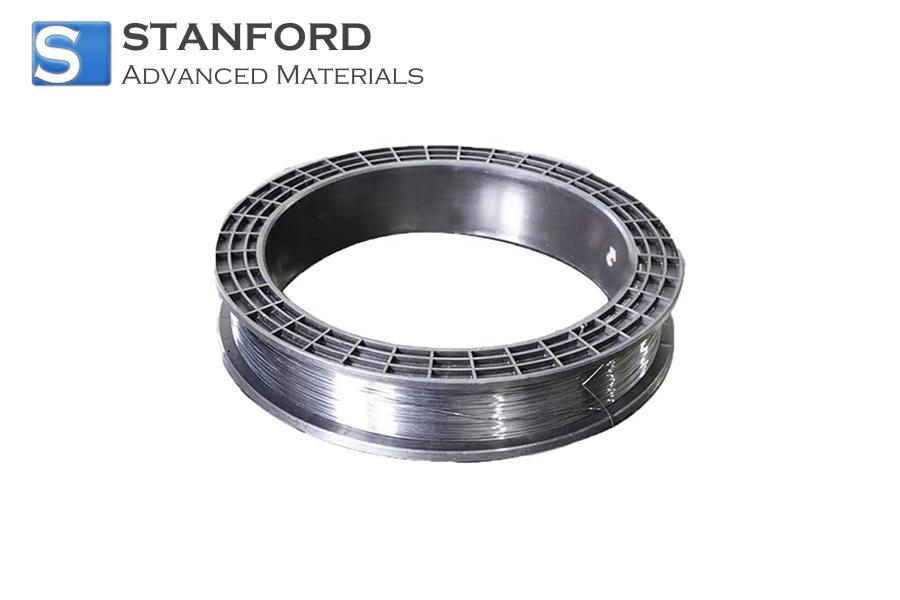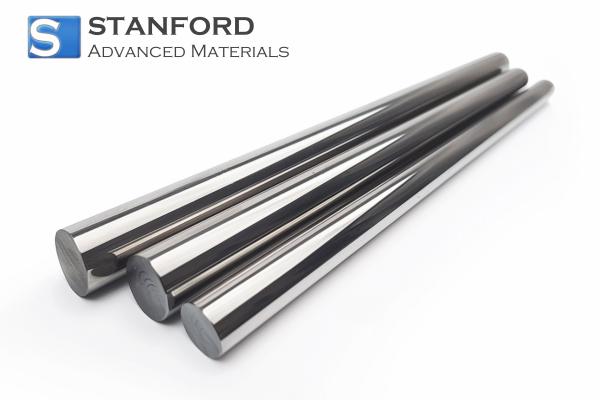What Are The Types Of Heat-conducting Filler And Their Applications?
The Thermal Conductivity of Rubber
Rubber is a poor conductor of heat. However, it must retain a minimum level of thermal conductivity to meet practical application requirements. Rubber products with enhanced thermal conductivity are widely used, and improvements in conductivity can affect product performance significantly. For example, if the temperature of rubber material used in insulating and heat-conductive components of electronic parts increases by 2 ℃, reliability decreases by 10 %. Rubber composites with high thermal conductivity transfer heat efficiently, which is important for compaction, miniaturisation and improving the reliability of electronic products.
Moreover, the rubber used in tyres should exhibit low heat generation and high thermal conductivity. This property improves the heat transfer performance of the rubber, increases the vulcanisation efficiency and reduces energy consumption. In addition, high thermal conductivity assists in dissipating the heat generated when the tyre rotates at high speed, thereby lowering the temperature of the tyre body and reducing performance degradation caused by excessive temperature.

When a vehicle operates at high speed, friction and deformation heat increase significantly with increasing wheel rotation speed. If heat is not dissipated quickly, the tyre temperature and the internal pressure will rise, thereby accelerating tyre ageing and potentially leading to tyre failure, which may cause accidents.
Thermal Mechanism of Thermal Rubber
Thermal rubber is classified into intrinsic thermal rubber and filled thermal rubber. The synthesis process for intrinsic thermal conductive rubber is complex and costly, whereas filled thermal rubber is inexpensive and easier to process. Consequently, thermally conductive rubber is typically produced by adding a filler with high thermal conductivity. The thermal conductivity of filled rubber depends primarily on the rubber matrix, the thermal filler and their interfacial resistance.
The thermally conductive filler is the main contributor to conductivity because its inherent thermal conductivity is much higher than that of the matrix material, whether in particulate or fibre form. At low filler levels, the filler disperses uniformly throughout the system without contact or interaction. At this stage, the filler’s contribution to overall system conductivity is not significant. When the filler content reaches a critical threshold, the filler particles contact each other and interact. They then form a chain and network structure, known as the thermal conduction network. When this network aligns parallel to the direction of heat flow, the overall conductivity is markedly improved.
Types of Thermally Conductive Fillers
Depending on the electrical properties of the rubber materials, they can be categorised as insulating or non-insulating. Insulating rubber is used mainly in aerospace, in ordnance, and in devices that incorporate energy pipes, integrated blocks, heat pipes and related equipment. It is also used in microelectronics, communication devices, engines and electrical appliances where insulating conductive parts are required. The primary fillers for insulating rubber include nitrides, carbides and metal oxides.
Non-insulating rubber is used primarily in heat exchangers, solar water heaters, battery coolers, as well as in chemical production and wastewater treatment. Common fillers include metal powders, carbon fibres, graphite and carbon black.
In common rubber products such as tyres, the rubber material may be insulating or non-insulating. Lorry tyres use insulating rubber, whereas aircraft tyres need to conduct electricity. During flight, friction with the atmosphere generates a significant amount of electrical charge on the aircraft body. Although aircraft are fitted with static discharge devices, these do not guarantee complete discharge of static electricity upon passenger disembarkation, which may be dangerous. If the aircraft tyres conduct electricity, they discharge the accumulated static charge, thereby reducing potential risks.

Thermally Conductive Fillers for "Thermally Conductive Insulating Rubber"
* Nitrides and Carbides Filling
Nitrides and carbides with insulating properties and high thermal conductivity include Aluminiumnitrid, Bornitrid, Siliziumnitrid, Silicon carbide, Boron carbide and Titancarbid. By incorporating these inorganic ceramic fillers into the rubber matrix, one can produce thermally conductive insulating rubber that meets specific performance requirements.
* Metal Oxide Filling
Metal oxides, such as Beryllium oxide, Aluminium oxide, Magnesium oxide and Silicon oxide, possess relatively high thermal conductivity. When added to rubber, they provide both thermal conductivity and insulation while maintaining acceptable physical and mechanical properties. For instance, silicone rubber containing Aluminium oxide can be used for the thermal conduction layer in electronic components. When the Aluminium oxide content is three times that of the silicone rubber, the material attains a thermal conductivity of 2,72 W/(m-K).
* Composite Filler
In some cases, a single filler does not meet the application requirements and a combined filler must be employed. For example, silicone rubber filled with refined silicon dioxide powder and carbon black with a thermal conductivity exceeding 15 W/(m-K) can be used to manufacture an insulating composite rubber. This composite may achieve a thermal conductivity coefficient of more than 0,4 W/(m-K) and a specific resistance of more than 1 000 000 000 000 Ω-cm.
Thermally Conductive Fillers for "Thermally Conductive Non-Insulating Rubber"
* Metal Powder Filling
By incorporating aluminium powder into rubber, the thermal conductivity is significantly improved. Silicone rubber with a thermal conductivity rating of v-0 (UL 94) and 1,09 W/(m-K) can be produced by adding metallic aluminium powder and stearic acid-treated aluminium hydroxide powder.
* Filling with Carbon Black, Graphite and Carbon Fibres
Carbon black and graphite exhibit high thermal conductivity, and certain carbon fibres can achieve thermal conductivities of up to 1 200 W/(m-K). These fillers are added to rubber to produce non-insulating rubber.
* Composite Filler
The thermal conductivity of rubber changes when barium titanate is added to butyl rubber filled with 50 parts of lamp carbon black. With the addition of 20 parts barium titanate powder, the thermal conductivity of butyl rubber reaches its optimum value. Elastomeric materials that require both flame retardancy and thermal conductivity can be produced by adding silver powder, boron nitride and platinum-based flame retardants. At a specific ratio, the material exhibits a thermal conductivity of 14 W/(m-K) and attains a flame retardancy rating of v-1 (UL 94).
Generally, the thermal conductivity of the rubber matrix is low. It has minimal influence on the conductivity of composite materials. The main factors affecting conductivity are the type, filler amount, particle size and shape of the thermally conductive filler, as well as the thermal resistance at the interface between the matrix and the filler.
- ENDE -
About the Author
Cathie Montanez is the Project Scientist at Stanford Advanced Materials (SAM). She was formerly a research professor at the School of Materials Science and Engineering at the University and is now responsible for the performance testing and technical consultancy of SAM products such as refractory metals, ceramics, laboratory crucibles and milling bars, etc.

 Bars
Bars
 Beads & Spheres
Beads & Spheres
 Bolts & Nuts
Bolts & Nuts
 Crucibles
Crucibles
 Discs
Discs
 Fibers & Fabrics
Fibers & Fabrics
 Films
Films
 Flake
Flake
 Foams
Foams
 Foil
Foil
 Granules
Granules
 Honeycombs
Honeycombs
 Ink
Ink
 Laminate
Laminate
 Lumps
Lumps
 Meshes
Meshes
 Metallised Film
Metallised Film
 Plate
Plate
 Powders
Powders
 Rod
Rod
 Sheets
Sheets
 Single Crystals
Single Crystals
 Sputtering Target
Sputtering Target
 Tubes
Tubes
 Washer
Washer
 Wires
Wires
 Converters & Calculators
Converters & Calculators
 Write for Us
Write for Us



 Chin Trento
Chin Trento



